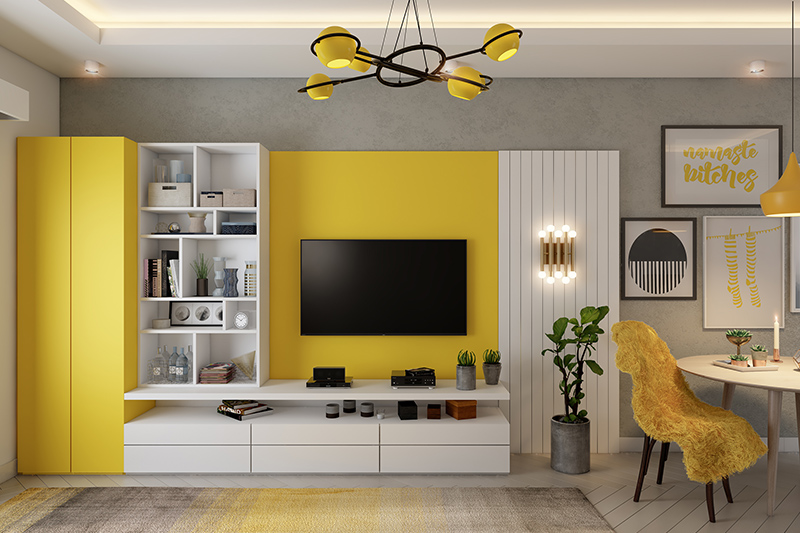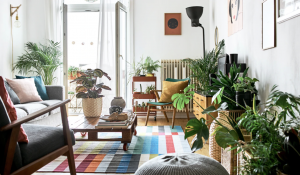
The design of our interior spaces can have a significant impact on our mood and overall well being. This is because our environment affects us on a subconscious level, and the way that we decorate and organize our space can either contribute positively or negatively to our mental state. In this article, we will explore the psychology of interior design and how our surroundings can impact our mood.
Color Psychology
One of the most important aspects of interior design is color. Colors can have a significant impact on our mood, and different colors can elicit different emotions. For example, blue is known to be calming and soothing, while red can be energizing and stimulating. Yellow is associated with happiness and warmth, while green is associated with nature and relaxation.
When choosing colors for your space, it’s important to consider the mood that you want to create. If you’re looking for a calming and peaceful environment, then blues and greens may be a good choice. If you want to create a space that’s energizing and invigorating, then reds and oranges may be more appropriate. Neutral colors like beige and grey can create a sense of calmness and balance.
Lighting
Lighting is another important aspect of interior design that can impact our mood. Natural light is the best type of light for our mental health and wellbeing. Exposure to natural light can improve our mood, reduce stress, and regulate our circadian rhythms. If you don’t have access to natural light, then it’s important to choose lighting that mimics natural light as closely as possible. This can be achieved through the use of full-spectrum light bulbs and light fixtures that are designed to mimic the sun’s rays.
In addition to natural light, the color and intensity of artificial lighting can also impact our mood. Warm, soft lighting can create a cozy and intimate atmosphere, while bright, cool lighting can be energizing and stimulating.
Texture and Material
The texture and material of our surroundings can also have an impact on our mood. For example, soft and cozy materials like plush fabrics and fluffy carpets can create a sense of comfort and relaxation, while hard and cold materials like concrete and metal can create a sense of rigidity and coldness.
It’s important to choose materials that not only look good but also feel good to the touch. This can be achieved through the use of natural materials like wood, stone, and wool, which have a tactile quality that can be soothing to the senses.
Organization
The organization of our space can also impact our mood. A cluttered and disorganized space can create feelings of anxiety and stress, while a clean and organized space can create a sense of calmness and order.
It’s important to create a space that’s organized and functional, with everything in its place. This can be achieved through the use of storage solutions like shelves, cabinets, and baskets, which can help to keep clutter at bay.
Personalization
Finally, it’s important to personalize your space in a way that reflects your personality and style. Surrounding yourself with things that you love and that make you happy can have a significant impact on your mood and overall wellbeing.
This can be achieved through the use of artwork, photographs, and other personal mementos that hold special meaning to you. It’s also important to incorporate elements of nature, such as plants and flowers, which have been shown to have a calming effect on our mood.
Conclusion
In conclusion, the design of our interior spaces can have a significant impact on our mood and overall wellbeing. By considering the psychology of interior design and how our surroundings can impact our mood, we can create a space that is not only beautiful but also conducive to our mental health and happiness.



